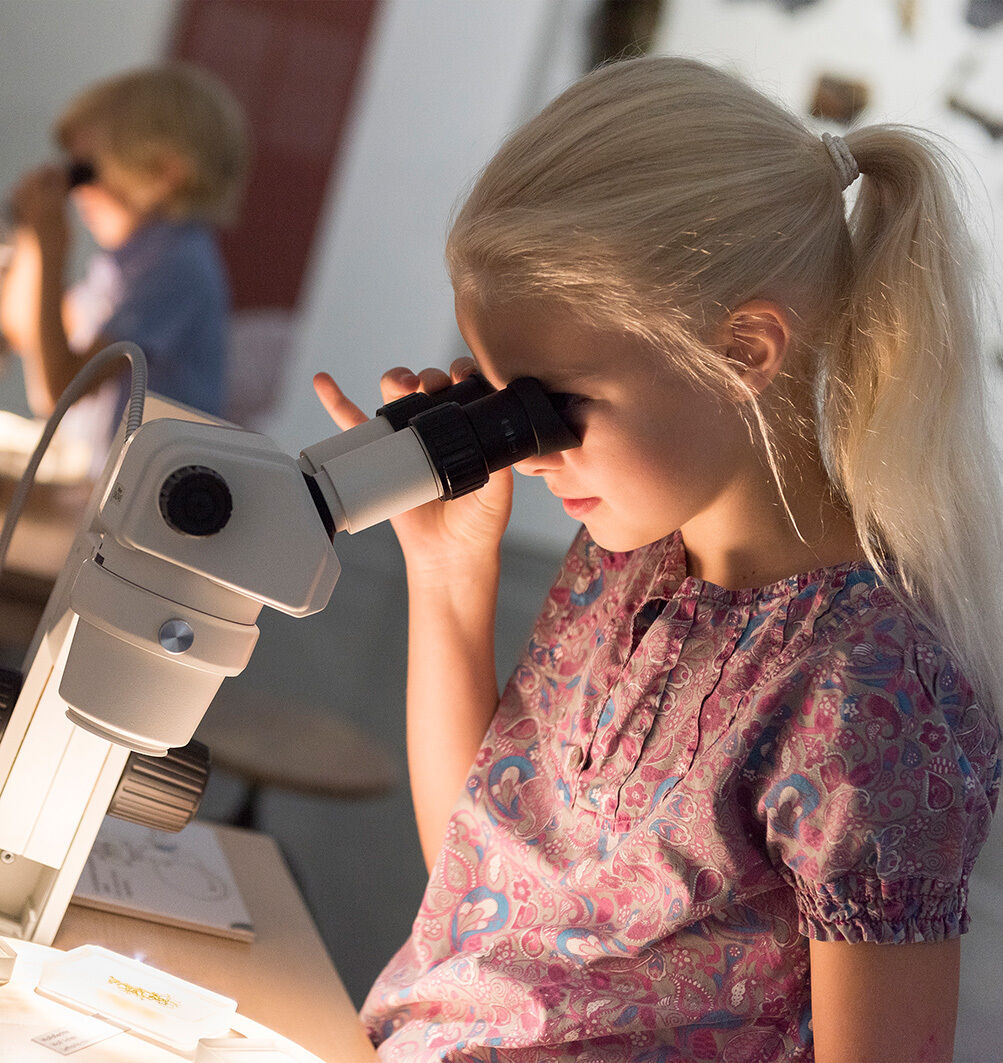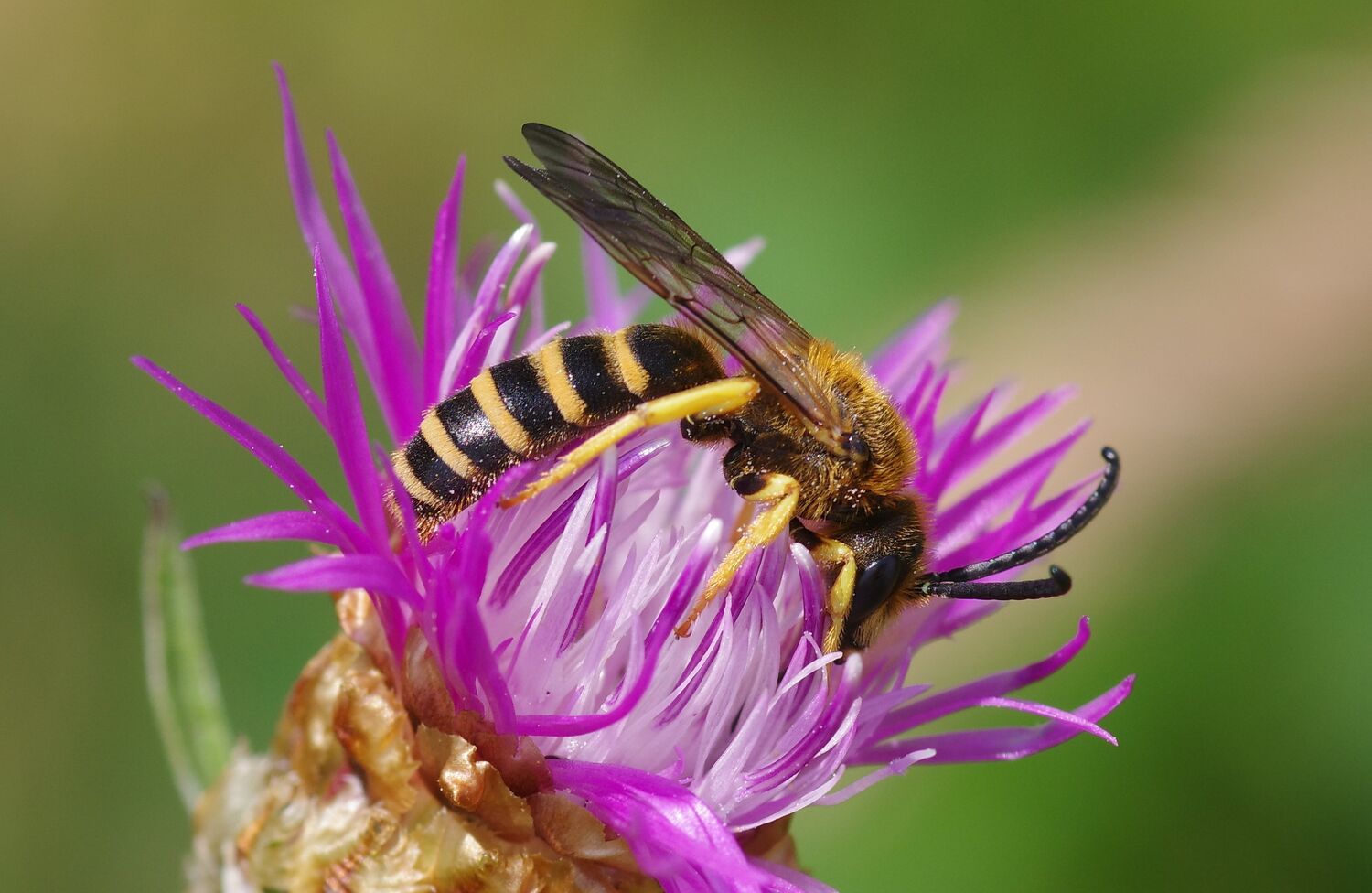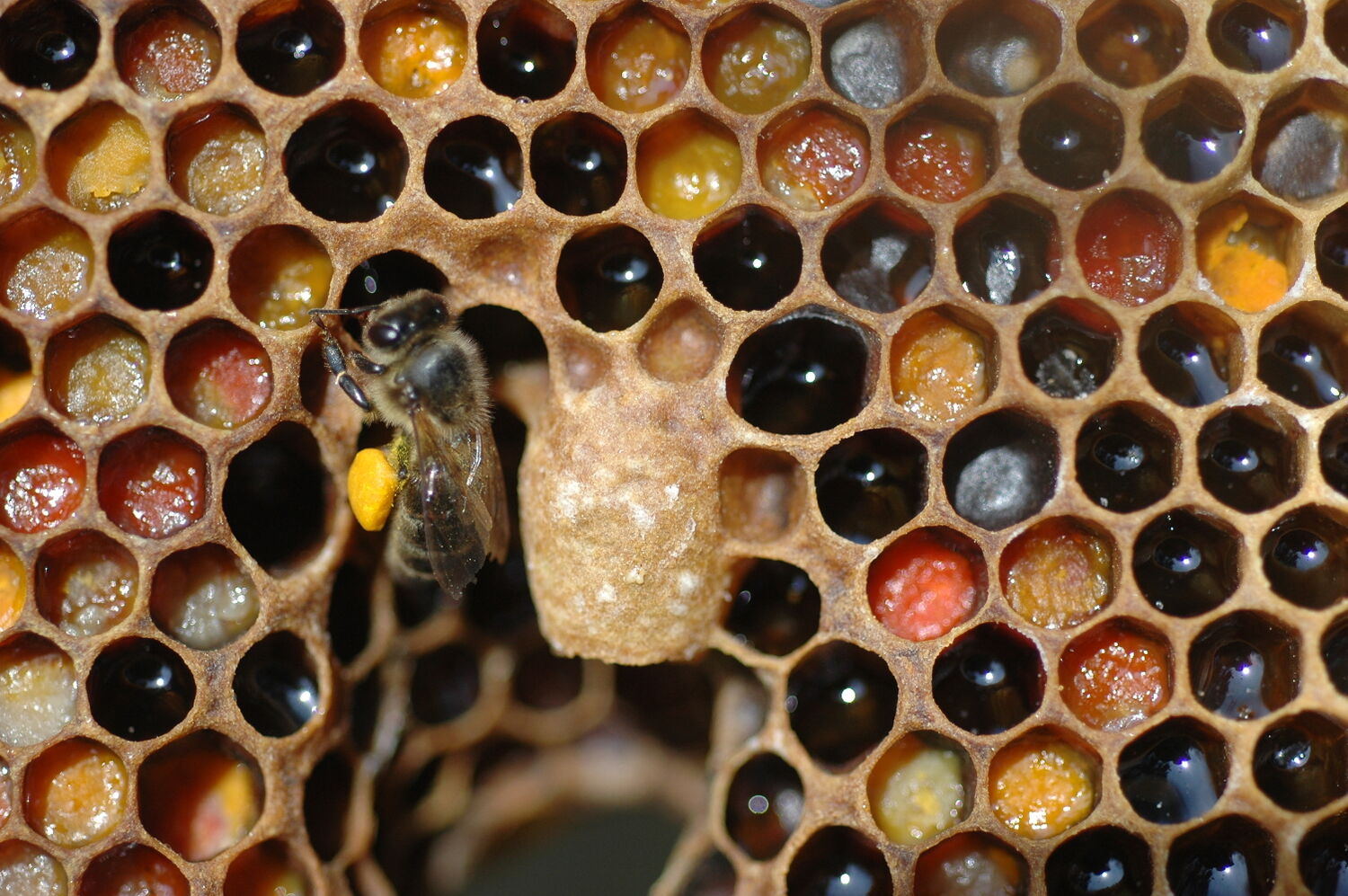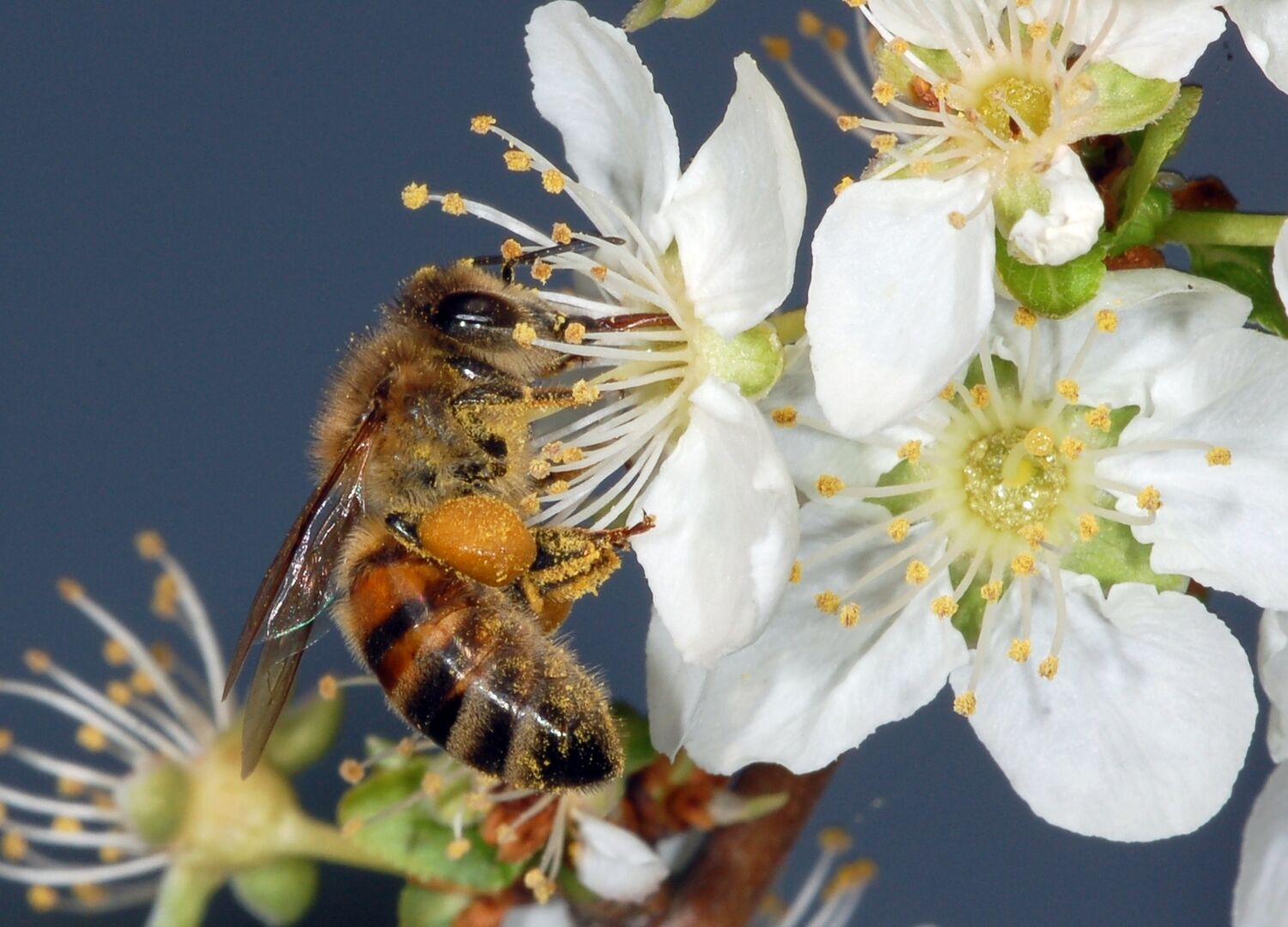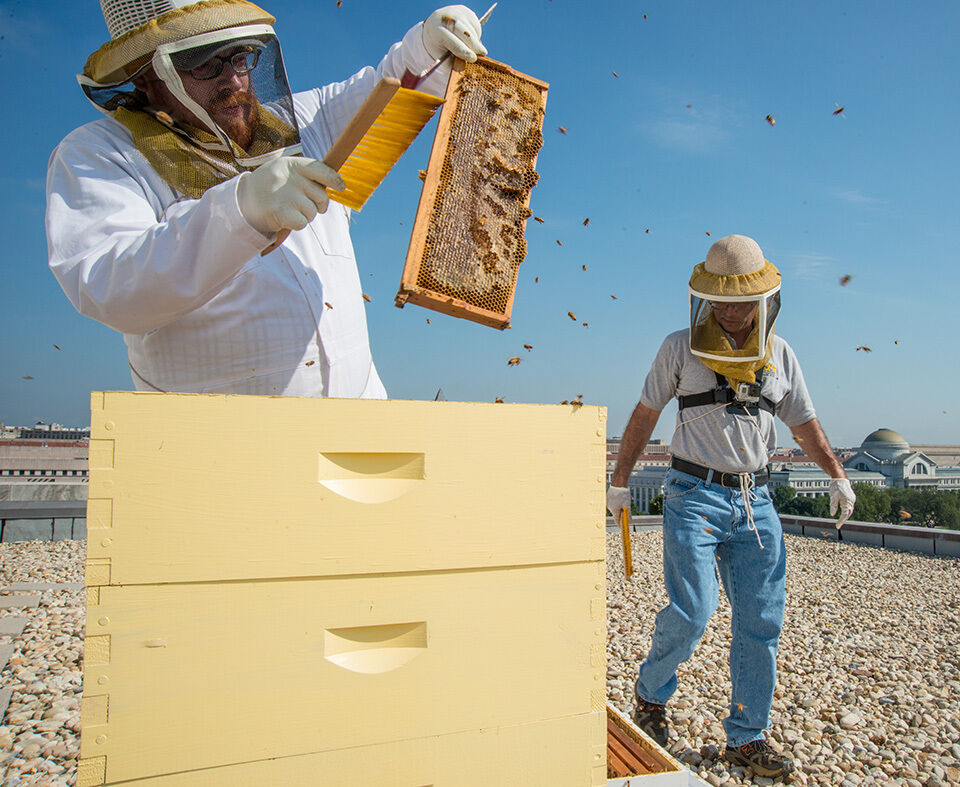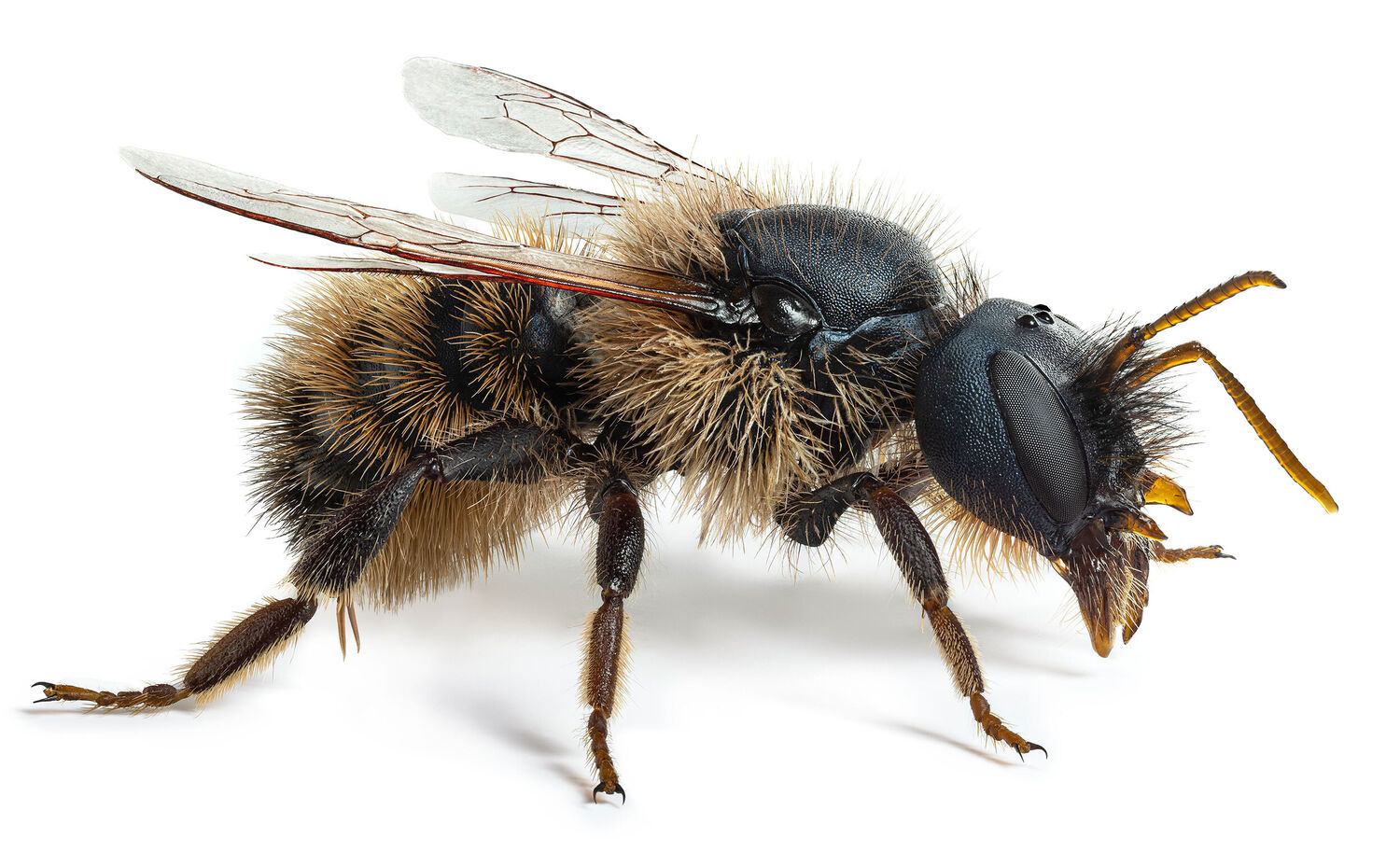7 Mar 25 — 8 Feb 26
Honeycomb, Photo: Museum Wiesbaden ⁄ Bernd Fickert
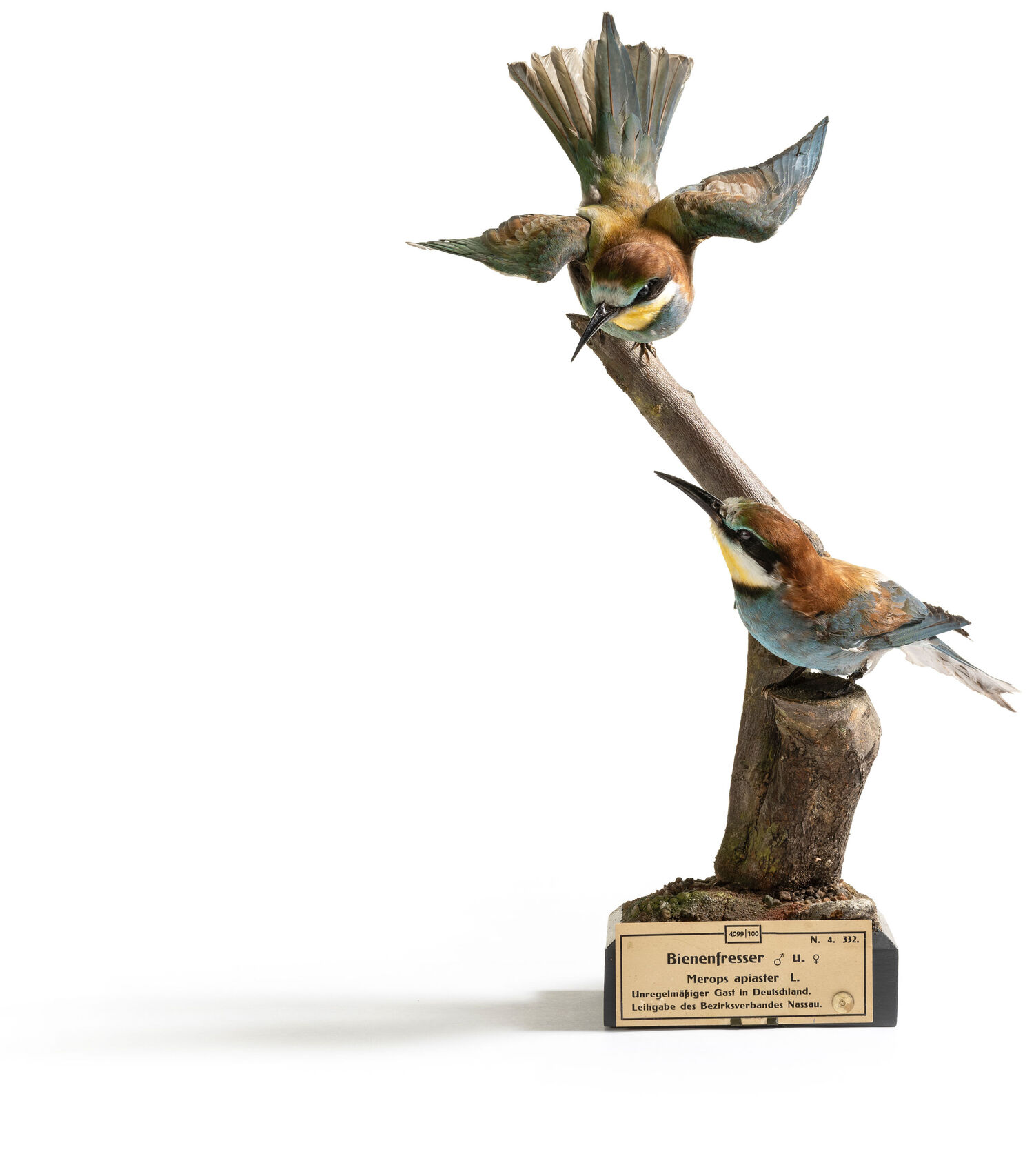
In Honey Yellow, the Natural History Collections showcase the age-old relationship between humans and bees, featuring the earliest known archaeological evidence, ethnological testimonies from around the world, and biological data.
Honey is the oldest sweetener known to humanity. It is addictive, healing, trendy, a symbol of prosperity, health, and happiness — all of this since the Stone Age. Beeswax once illuminated our churches and castles, and it continues to shine our shoes today.
We are all familiar with bees, particularly honey bees, thanks, in part, to characters like Maya the Bee. In fact, the products derived from these “farm animals” play a valuable role in our daily lives. The ancient art of beekeeping is experiencing a revival, with more and more people keeping bees professionally and as a hobby.
Join us on a journey exploring the biological aspects of both wild and honey bees. Learn the bee dance and discover the complexities of the honey bee's social brain, along with its diverse relatives around the world. Understand the profound impact this little insect, revered as a symbol by emperors and gods alike, has had on humans throughout history. For thousands of years, hunter-gatherers have benefited from the sweet food that bees provide.
The exhibition provides plenty of opportunities for active exploration.
Research at microscope stations, solve riddles on the big riddle wall, piece together a puzzle, join the action at our hands-on station, or check out the activity and drawing table. Learn the bee dances that bees use to tell each other where to find the best nectar or relax in the reading corner. Simple texts, easy for children to understand, guide you through the entire exhibition and offer tips for solving the quiz.
